It’s difficult letting the train take the strain when so many obstacles are placed in passengers’ paths on the gruelling journey from Aberdeen to London.
Yet, despite a litany of delays, cancelled services and announcements about weather causing scheduling problems, millions of us still believe in railway travel in Britain.
However, that faith was sorely tested on a recent holiday in Belgium and France where the quality of the trains, especially the double-decker vehicles, was off the scale in terms of comfort, speed and efficiency, compared to what we are offered throughout Blighty.
Over a four-day period, every single train was on time and reached its destination promptly, whether the journey took 15 minutes or a couple of hours. It was a delight and the spacious capacity allowed us plenty of opportunity to enjoy the scenery.
There were only two glitches on the trip and you can probably guess where. The first happened on the seven-hour LNER journey to London, courtesy of a broken carriage in the Doncaster area. The second occurred on the return trek shortly after we left Newcastle. And yes, we might have been given a refund, but that’s not the point.
Instead, shouldn’t we be asking why Europe – this will doubtless be confirmed by the tens of thousands of Tartan Army supporters who have travelled to Germany for the European Championships – has its rail system on the right lines, whereas Britain’s network is a transport version of Fawlty Towers?
North-east Scotland is badly served
It doesn’t help that large parts of the north-east have been denied access to trains in the first place. Following the opening of the Borders Railway in 2015, the dubious accolade of being further from the rail network than any other towns in Britain shifted from Galashiels and Hawick to Peterhead (30 miles) and Fraserburgh (40 miles).
With a population of more than 19,000, Peterhead is the second largest town in Scotland without a rail service – and is now Britain’s leading port, with the biggest fish market in Europe. Fraserburgh is the 11th largest Scottish town without trains and has a population of more than 13,000. (Ellon, with more than 10,000 people, is 13th).
Given there’s a general election looming, you might imagine that this would be a contentious issue. And the Campaign for North East Rail and Aberdeen & Grampian Chamber of Commerce has just released its Buchan Sustainable Transport Study.
This argues that new train stations could support the regeneration of Peterhead and Fraserburgh – the two most deprived areas in Aberdeenshire – and CNER has written to all the political parties asking for their response. Which is a decent place to start.
German trains ‘streets ahead’
David Spaven is acknowledged as one of the country’s leading experts on the railways and his book Scotland’s Lost Branch Lines has just been published in paperback.
He has ample testimony relating to the problems in his homeland. But while he spoke candidly about the situation, he also offered one or two potential solutions.
As he told me: “I have often travelled by rail in Germany, and their best trains – the sleek Inter City Expresses – are streets ahead of what Britain can offer in terms of style, comfort, catering, and big windows to let you enjoy the view of the countryside.
“But, of course, Britain always knows best.
“Rail privatisation in Britain was an ideological diversion, which has cost the taxpayer dear. While private operators do play an important role in the German set-up, there has not been the massive fragmentation we’ve seen in the rail industry here.
“Ironically, one of the potential benefits of Brexit is that we could now get track and trains back under a single controlling body, with echoes of the state-owned British Rail, which was the most cost-effective system in Europe.
TramTrain could work in Scotland
“At a local level, we could also learn from the Germans, who – more than three decades ago – pioneered the concept of the ‘TramTrain’, which can negotiate sharper curves and steeper gradients than conventional ‘heavy rail’ operations.
“TramTrains can use existing rail routes and also – through multiple on-street stops – are better able to penetrate city centres than heavy rail services on segregated tracks.
“If the political will was there, I could see electric TramTrains playing a crucial, green role in returning services to the likes of Ellon and Banchory in the north east, and St Andrews in Fife. So far, however, we seem to be blind to the lessons from Germany.”
It’s not as if Scotland lacks the technological expertise to bring major infrastructure projects to fruition as demonstrated by the development of the energy sector.
But there’s a dread of any new ventures going over budget and a dearth of the innovation which led to railways being built across the north in the Victorian era.
‘It is time for action’
Alex Geddes, the operations manager at Peterhead Prison Museum, told me: “I’m of an age that I can remember the Peterhead station closing, along with surrounding lines, and just at a time that North Sea oil was being discovered.
“Sadly, so many opportunities were lost in the years that followed. So, with the focus now on getting people to use public transport, it is time for action, not empty words.
“However, it needs to be of a very high standard, affordable for all, and rather than a short-term five-year plan, I think that a long-term vision must be delivered.
“We really do need to come into the 21st century if we are serious.”
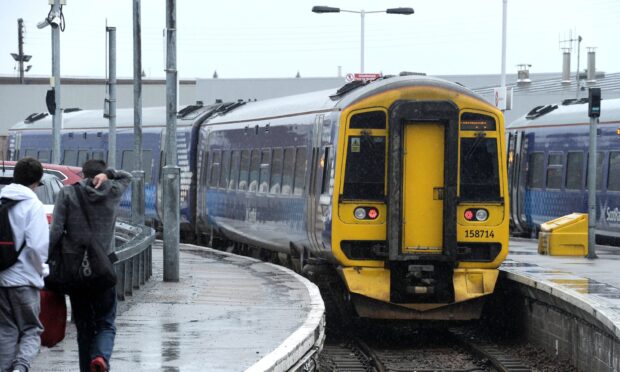
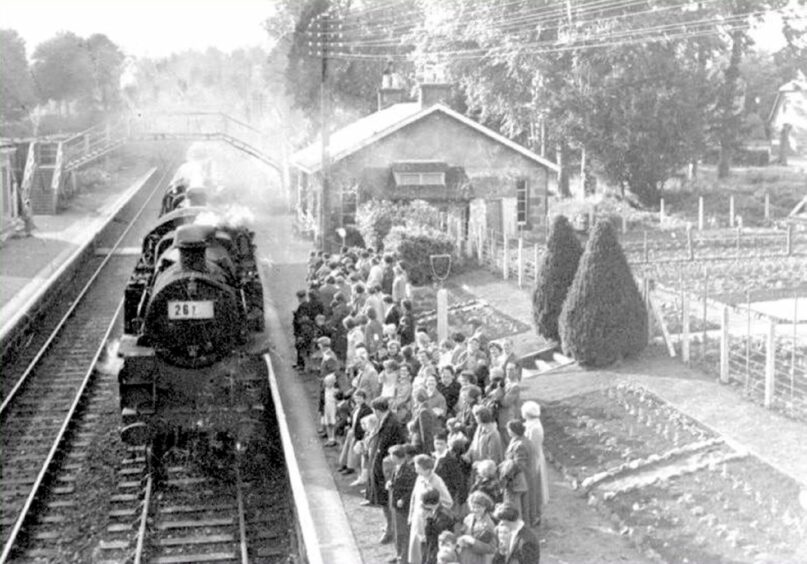
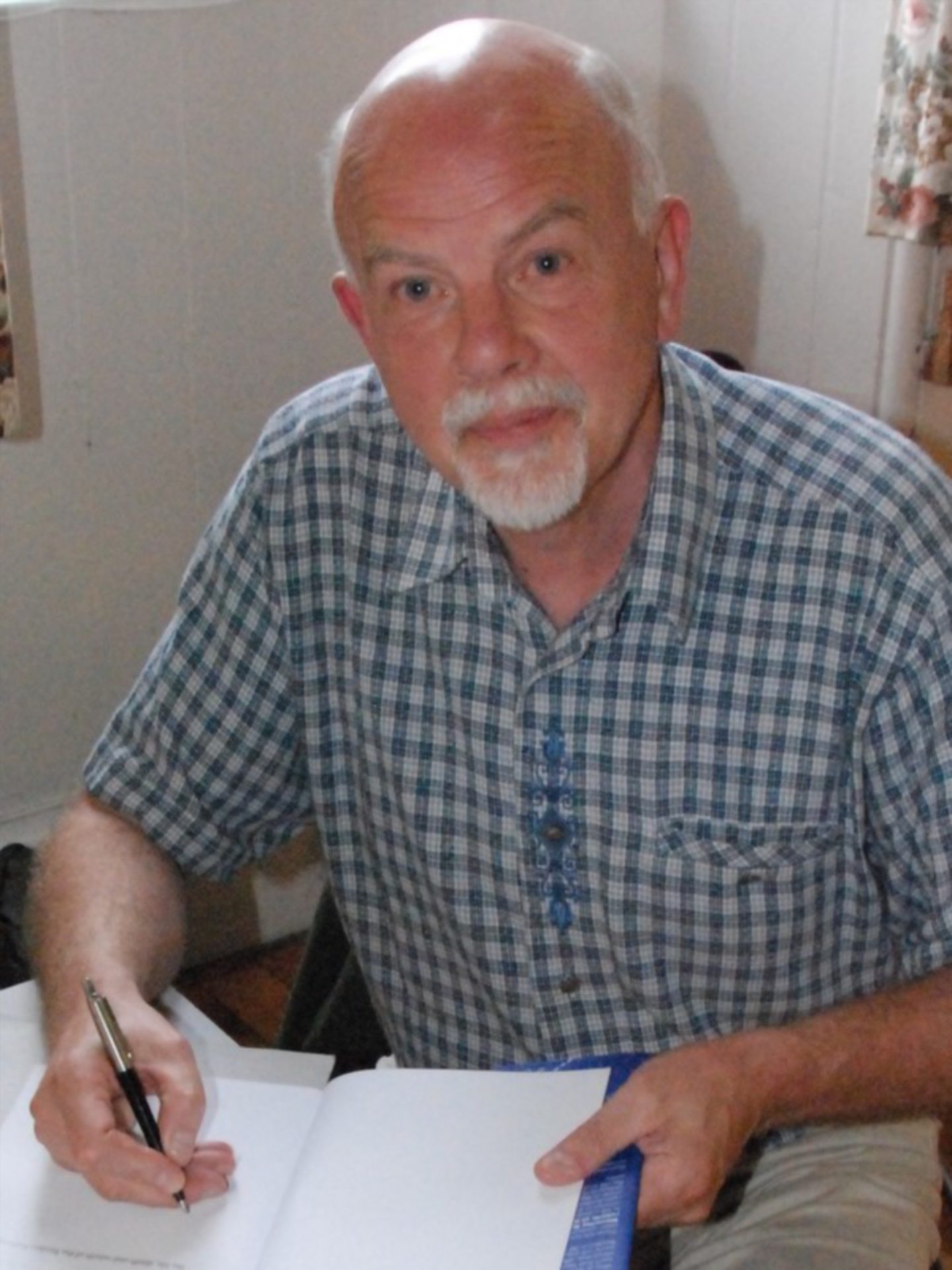
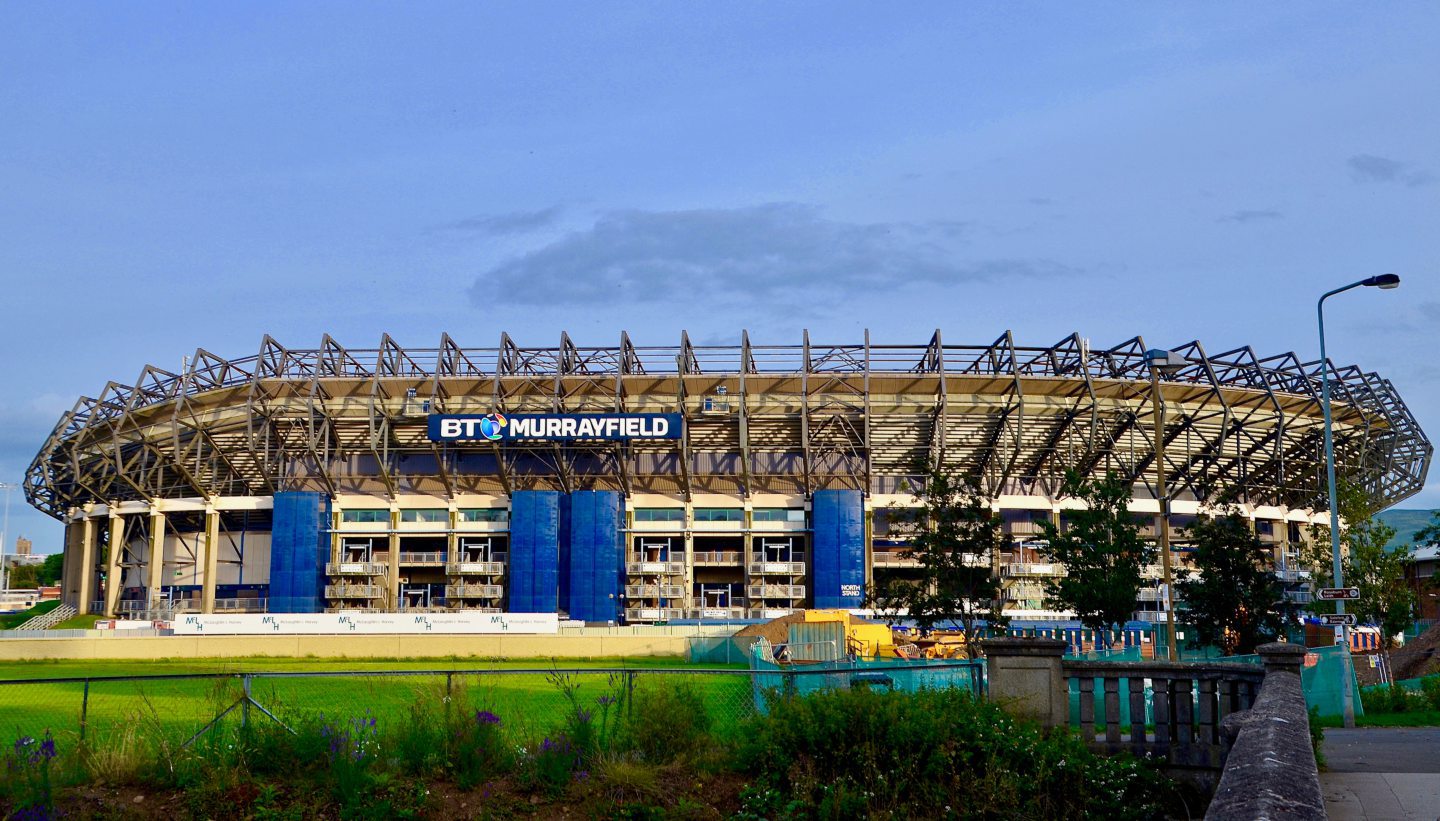
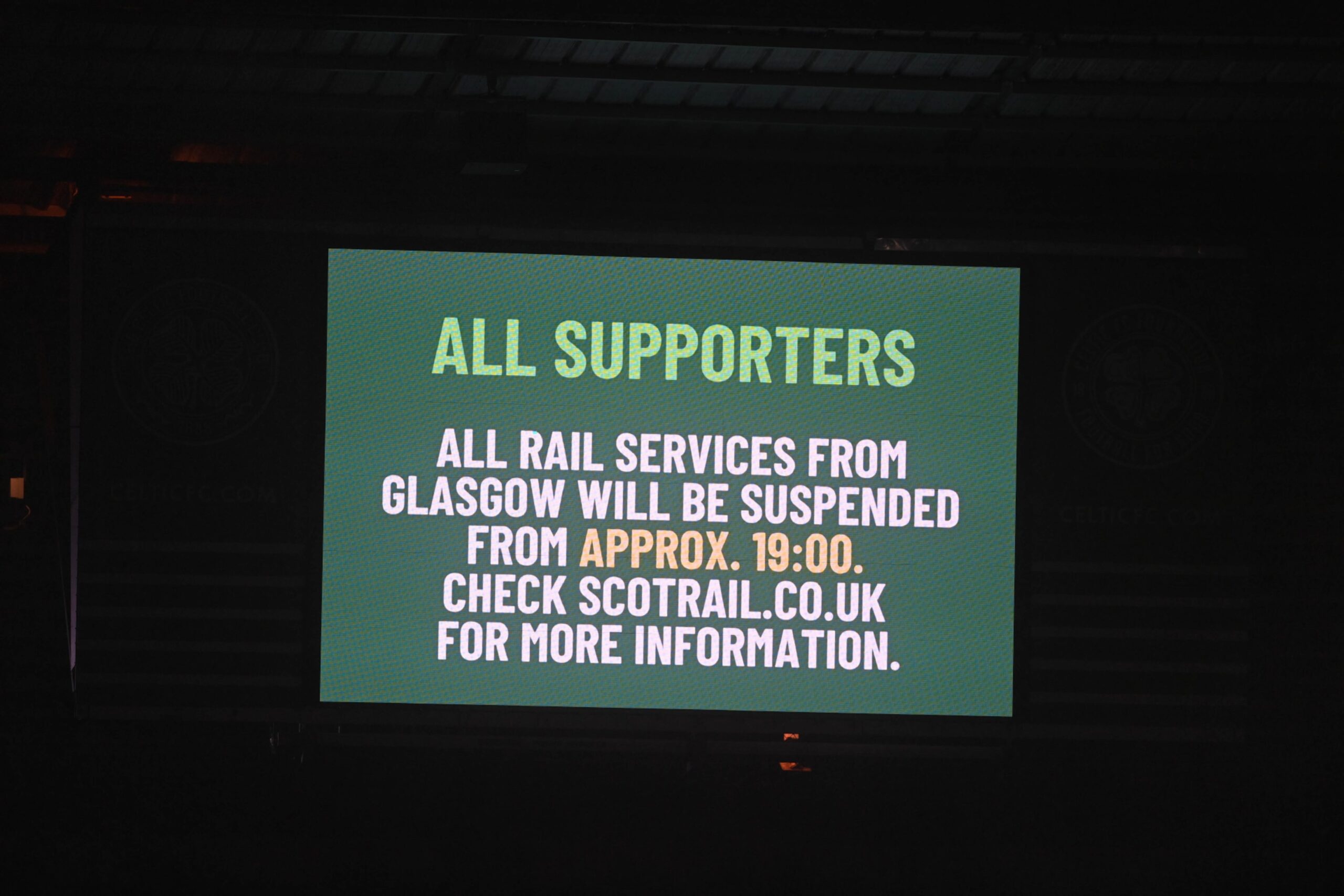

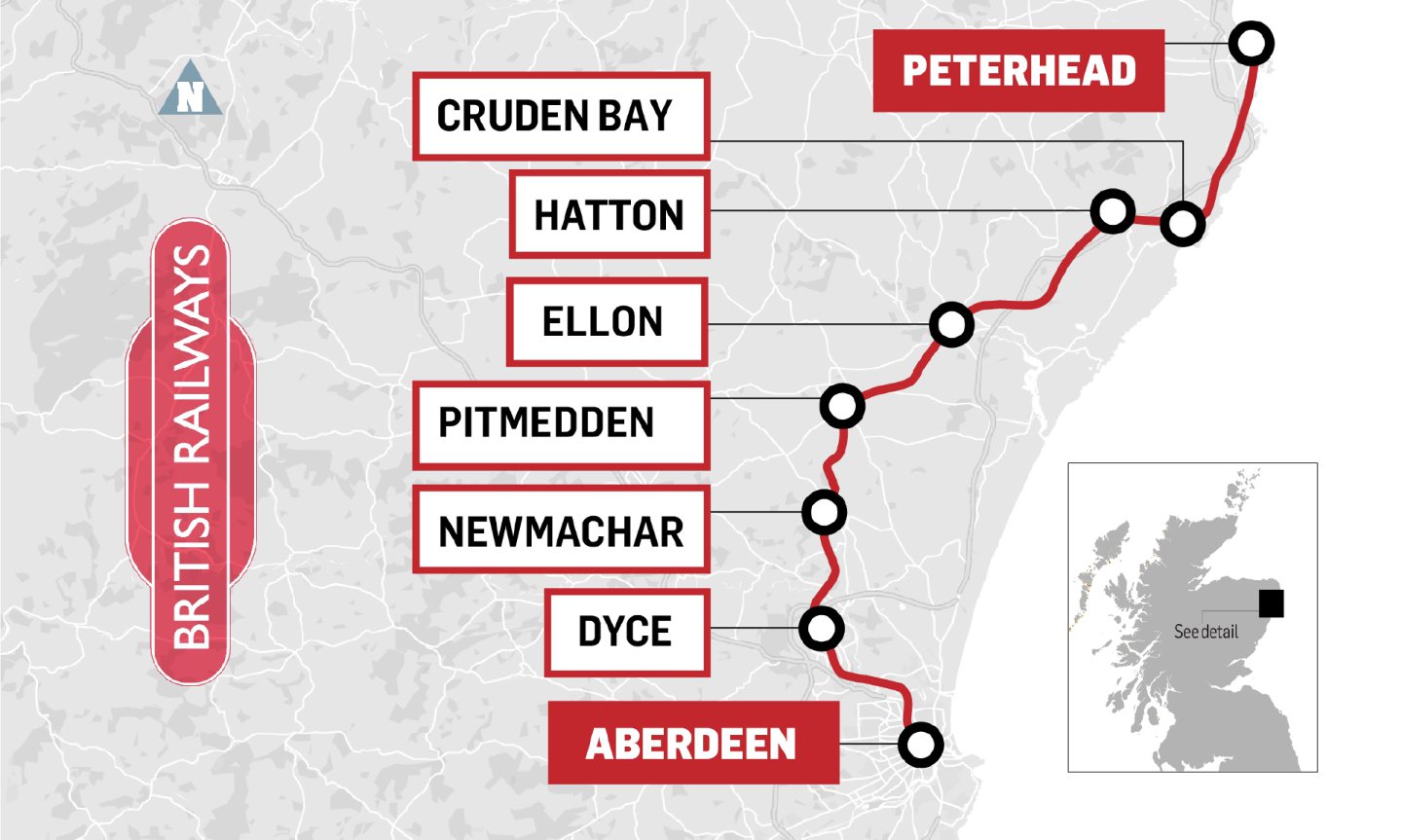
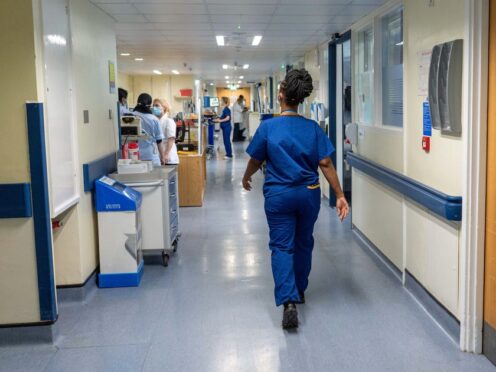
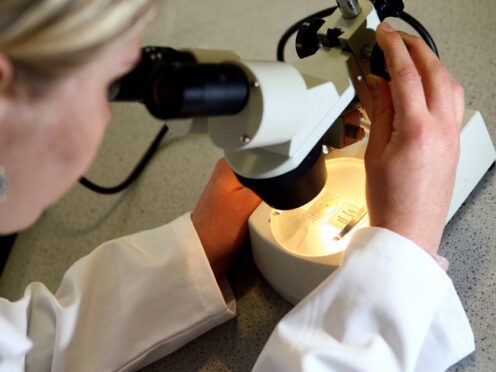
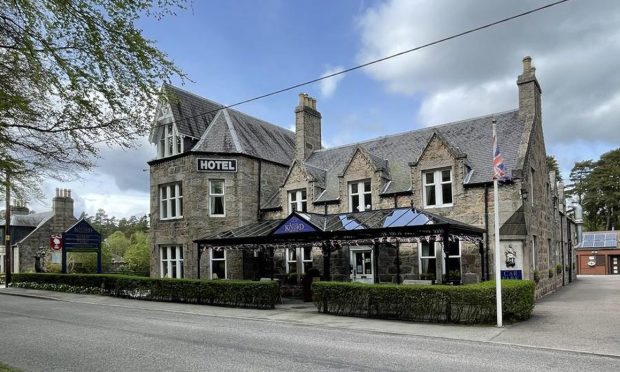

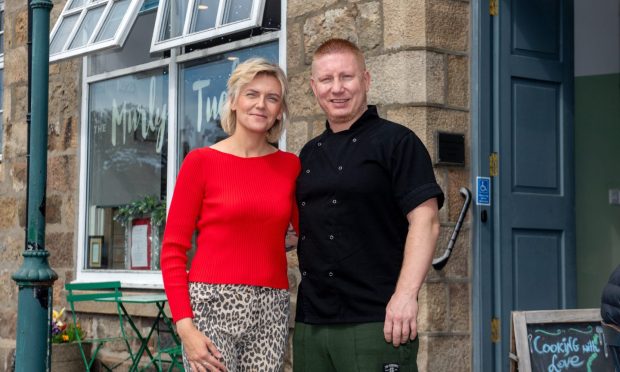
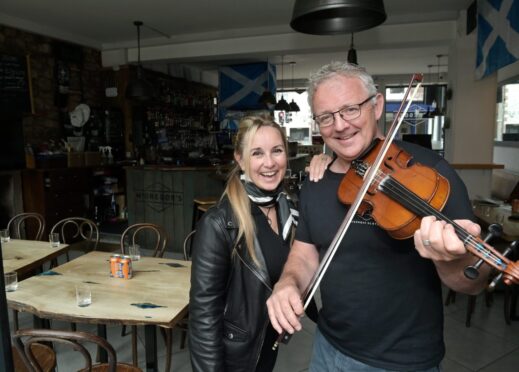
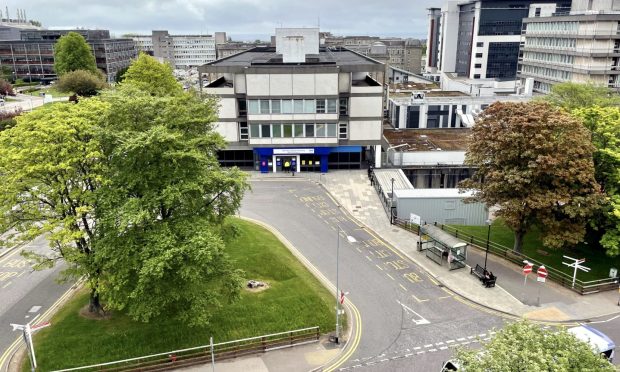
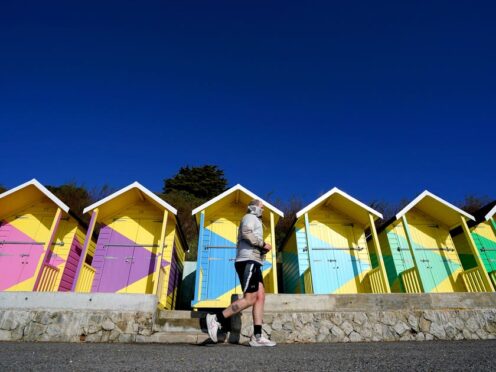
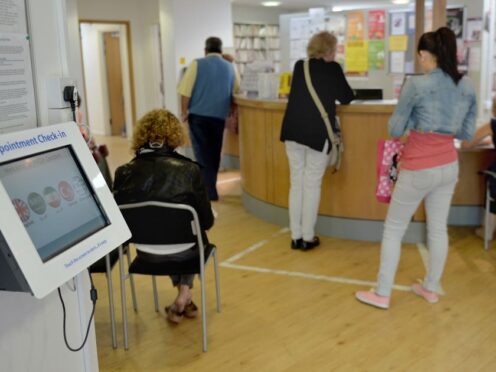
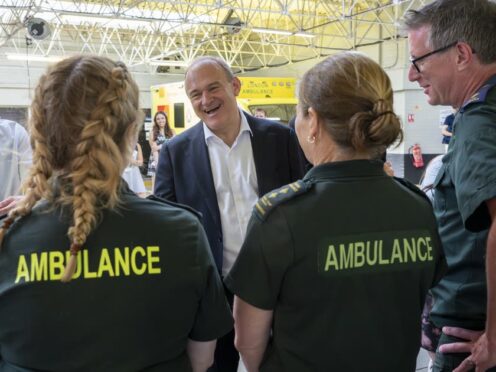
Conversation